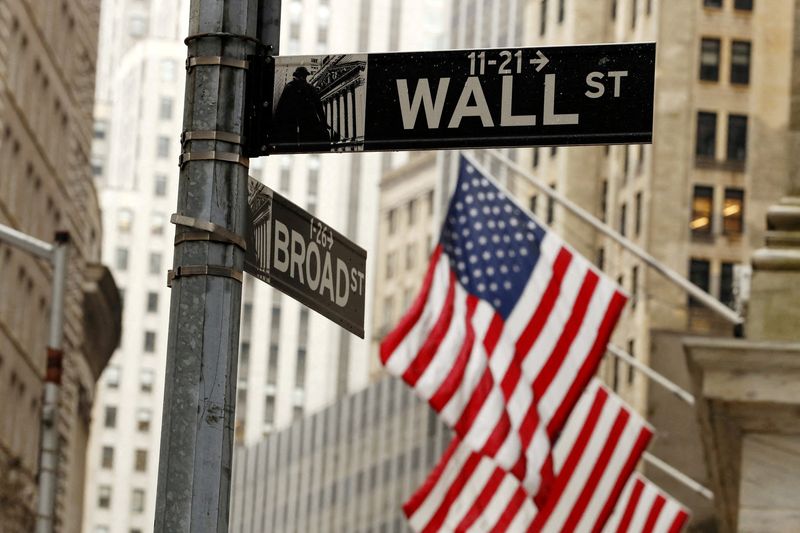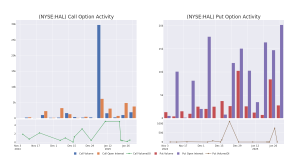
By Yoruk Bahceli, Tom Westbrook and Naomi Rovnick
LONDON/SINGAPORE (Reuters) – Financial markets that had bet trade wars could be avoided are reassessing the risks of a sharp global slowdown, resurgent inflation and a pause to Federal Reserve rate cuts following Donald Trump’s tariffs on top U.S. trading partners.
The U.S. President’s weekend orders for additional levies of 25% on imports from Mexico and most goods from Canada, as well as 10% on goods from China, jolted markets that had assumed Trump was mostly bluff and bluster.
Trump said he would speak on Monday with the Canadian and Mexican leaders, who have announced retaliatory measures, but downplayed expectations they would change his mind.
China, where Monday is a holiday, said it would challenge Trump’s tariffs at the World Trade Organization and take unspecified countermeasures, adding to the uncertainty.
The Canadian dollar, which recorded its longest monthly losing streak since 2016 to the end of January, slid further to its lowest in over 20 years at almost 1.48 to the U.S. currency.
Mexico’s peso hit its lowest in nearly three years, the euro briefly slid over 2% at one point, and China’s yuan tumbled in offshore trade.
Stock markets from Tokyo to London slumped over 1% while U.S. equity futures pointed to hefty falls on Wall Street later. U.S. and European stocks had hit record highs just last month.
“Markets were a little complacent in wanting to believe that some of the threats wouldn’t be carried through,” said BlueBay CIO at RBC Asset Management Mark Dowding.
“It feels like there is further to run if there’s no last-minute olive branch from the U.S..”
He noted that while currencies are moving sharply, they are still trading within recent ranges, leaving room for downside.
Canada and Mexico’s economies are at risk of recession, some analysts reckon, while the euro zone economy faces further stagnation if tariffs hit it.
Investors are also rethinking the monetary policy outlook as tariffs risk raising U.S. inflation.
They pared back their bets on Fed interest rate cuts and now price in 38 bps of reductions by year-end. That means around a 50% chance of two cuts, compared with the high chance priced in on Friday.
With Europe still firmly in the firing line, traders slightly increased bets on European Central Bank rate cuts, now pricing in around 85 bps of easing by December.
Trump has said tariffs will “definitely happen” with the European Union, but not when.
Deutsche Bank’s global head of FX research George Saravelos said tariffs on Canada and Mexico put American manufacturers at a severe competitive disadvantage, raising the pressure to apply tariffs on Europe.



